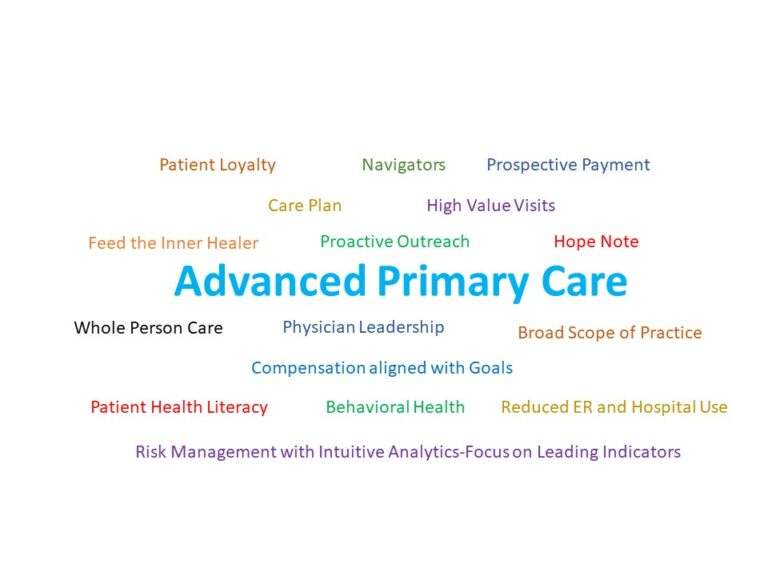Mike Adams and Scott Conard: Nursery School is Over
Taking Real Responsibility for Health in the Workplace When it comes to health and well-being, it’s time to step up. No one else can take ownership of your health for you—not your employer, not a wellness app, not the healthcare system. Real progress starts with you taking responsibility. But let’s not forget, there’s a shared responsibility here. Employees, employers, payers, and point solutions all have a role to play, and it’s time everyone gets real about what that means. Nursery school is over, folks. Employees: Ownership Starts With You As an employee, you have access to resources, tools, and sometimes even incentives to help you live a healthier life. But here’s the deal: nobody can take that step for you. Your employer can provide fitness programs, nutrition coaching, and mental health support, but it’s on you to use these resources. Take the time to understand what’s available and how it can benefit you. This isn’t about hitting a wellness quota—it’s about investing in your own health and future. Engage, ask questions, and take advantage of every resource that fits your needs. Employers: Stop Baiting and Start Engaging Employers, let’s talk about your role in this. It’s tempting to throw the latest wellness trend at employees and hope it sticks. But true responsibility means more than just offering shiny new programs. It means looking at the data, understanding where your workforce’s health needs really are, and then using targeted, data-driven solutions to make a difference. Don’t fall for the “shiny object” syndrome; find the programs that address specific health concerns relevant to your team. Incentives and engagement strategies matter too. Behavioral economics shows that people respond to well-structured rewards and consequences. By thoughtfully designing incentives and disincentives around health behaviors, you can help employees stay engaged in their health journey. But remember, this is about shared responsibility. You’re not forcing change; you’re creating an environment where employees have every reason to take action. Payers: Act Like Good Claims Fiduciaries Payers, the responsibility is on you to act like true claims fiduciaries. As employers work hard to allocate their budgets toward effective healthcare programs, it’s critical that payers handle those funds responsibly. That means spending with accountability, transparency, and integrity. Too often, there’s a lack of fiduciary responsibility that costs employers money without delivering meaningful outcomes. Payers need to step up and make sure they’re truly adding value, not just processing claims without any strategic foresight. Point Solutions: Deliver Real Value, Not Just Promises Point solutions—if you’re offering a health solution, you’ve got to back it up. It’s not enough to promise “great results” without proof. Employers need solutions that deliver measurable, reliable ROI. That’s return on investment, not a return of investment. Employers aren’t here to spend money on programs that don’t work just to get a refund later. They’re here to get results that benefit both their workforce and their bottom line. If a company spends $200,000 on a solution, they want to see savings of $300,000 or more. Everybody’s got to win, and that means delivering on the value you promise. It’s Time for Real Responsibility In the end, this message of responsibility applies to all players in the healthcare ecosystem. For employees, it’s about taking advantage of resources. For employers, it’s about choosing solutions that make sense. For payers, it’s about responsible financial stewardship, and for point solutions, it’s about delivering measurable ROI. If each of these groups steps up and takes responsibility, everyone benefits. It’s time to get serious about health, because nursery school is officially over. By Mike Adams with Scott Conard, MD Written by Rob Thwaites in consultation with the Converging Health Consulting Team Join the Conversation HERE on LinkedIn
Mike Adams and Scott Conard: Nursery School is Over Read More »










